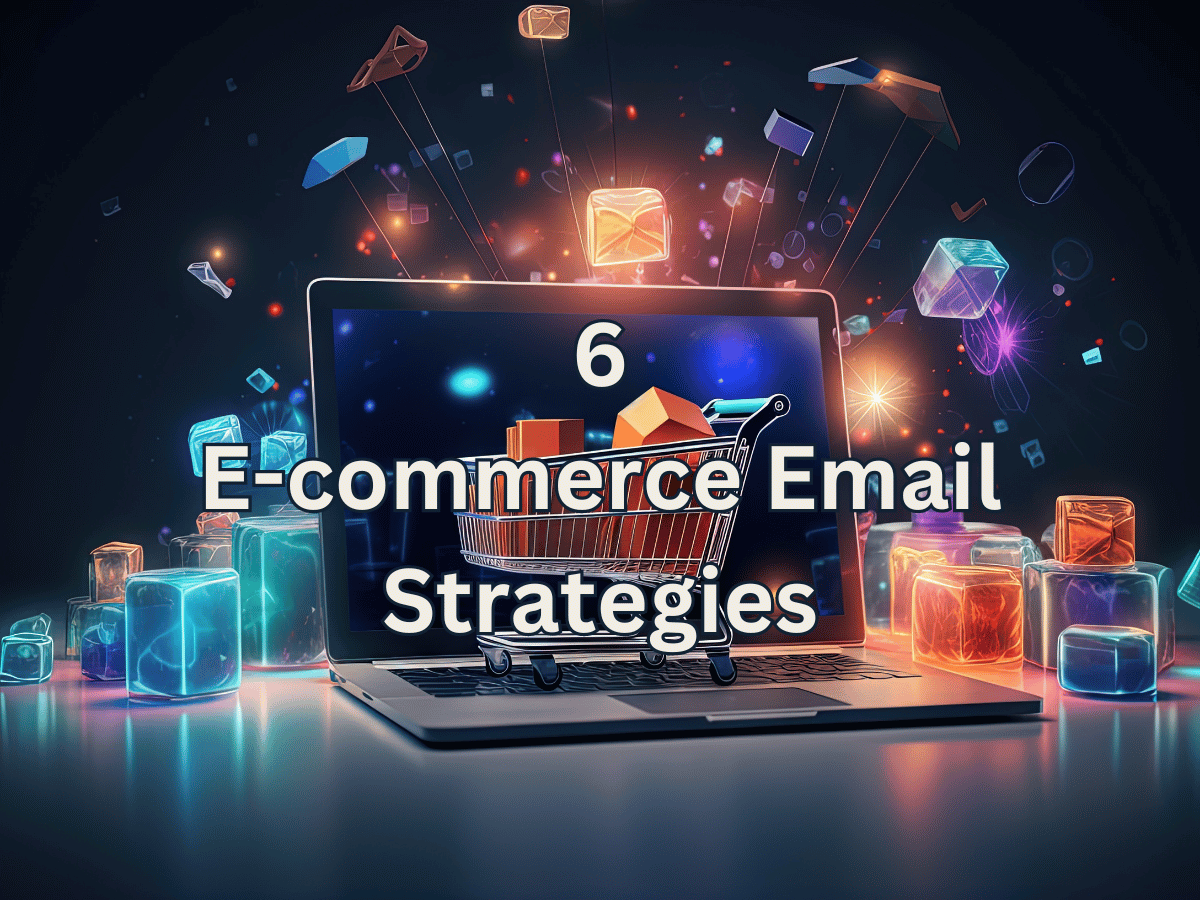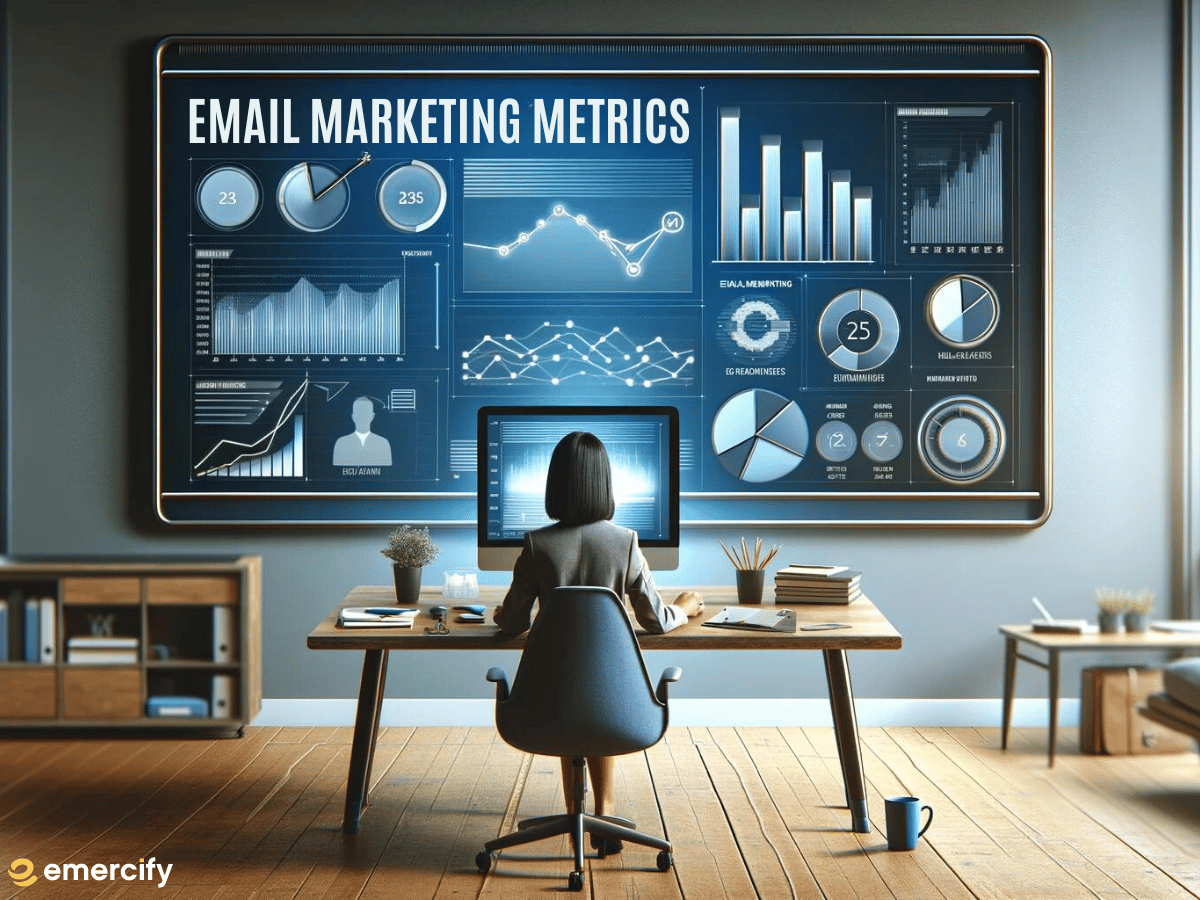Unleashing Success: The 6 Best Strategies for Crafting a Powerful E-commerce Email Strategy

In the ever-evolving realm of e-commerce, establishing a robust email marketing strategy is paramount for success. Email remains one of the most effective channels for engaging customers, building brand awareness, and driving sales. In this blog post, we'll delve into the six best strategies that can elevate your e-commerce email marketing, ensuring your messages cut through the digital noise and resonate with your target audience.
Segmentation for Personalization
Tailoring your email content to specific audience segments is both a game-changer and a necessity. Utilize customer data to create segments based on demographics, purchase history, or browsing behavior. Hint: email marketing platforms make it easy to set up tags to help with further segmentation of lists. This makes it super easy for you to add individuals to different lists so you can effectively target the correct audience.
Personalized emails have a significantly higher open and click-through rate, as customers are more likely to engage with content that feels relevant to their interests and preferences. Again, utilize your email marketing platform. Many have options, such as Smart Tokens or Merge Fields, that you can use to personalize your email automatically. This can be something as simple as adding their first name, purchase order number, and other personal information. This means you could write up your standard email, insert these personalization tokens, and the program would do the rest.
Compelling Subject Lines and Preheaders
First impressions matter, and in the world of email marketing, your subject line is the gateway to engagement. Craft compelling and concise subject lines that spark curiosity or offer a clear benefit. You want to be able to build intrigue and get people to click and see what your email is about. Word of advice: don't overlook the preheader – that snippet of text users see after the subject line. Use it strategically to complement and enhance your subject line, encouraging users to open the email. This is where you can offer a sneak peek or garner interest from your audience. Write a compelling pre-header text in order to get your audience to take the next step and click on your email.
Responsive Design and Mobile Optimization
With a growing number of users accessing emails on mobile devices, ensuring your emails are mobile-friendly is crucial. Implement responsive design to provide a seamless and visually appealing experience across various devices. Size your images correctly, and check the format of your email. Many email marketing platforms have the option to let you view your email on desktop mode or mobile mode. Use this to your advantage. This will show you how end users will view your emails on either device, thus allowing you to ensure the content is properly worded, formatted, and optimized for whatever device type you are viewing on. Optimizing for mobile enhances user experience and positively impacts your email deliverability and engagement rates.
Automated Email Campaigns
Save time and increase efficiency by incorporating automated email campaigns into your strategy. From welcome emails and abandoned cart reminders to post-purchase follow-ups, automation allows you to nurture leads and build customer relationships without constant manual effort. Set up triggers based on customer actions to send timely, relevant messages that enhance the customer journey.
Social Proof and User-Generated Content
Build trust and credibility by showcasing social proof and user-generated content in your emails. Include reviews, testimonials, or photos of satisfied customers enjoying your products (always disclose that you may use USG for marketing purposes and allow people to opt in or out). User-generated content adds authenticity to your brand and encourages others to engage and make informed purchasing decisions. Leverage the power of your satisfied customer base to strengthen your e-commerce email strategy. Remember, this shows people what others are saying about your brand. Word-of-mouth, regardless of form, is still the most effective method for marketing. User-generated content is the easiest and most cost-effective way to market your business.
A/B Testing for Continuous Improvement
Don't settle for the status quo – continually optimize your email campaigns through A/B testing. Experiment with different elements such as subject lines, images, calls-to-action, and send times. Analyze the results to identify what resonates best with your audience. Any strategy requires testing and adjusting. You need to understand that any strategy (unless meant to be short-term) is a long-term game. It takes time, energy, and continual efforts to improve and gain the success you want. A/B testing provides valuable insights that empower you to refine your strategy, enhance performance, and stay ahead of the competition.
Take the Time and Energy to Plan
Elevating your e-commerce email strategy requires a combination of personalization, creativity, and data-driven decision-making. By implementing these six strategies, you'll not only strengthen your brand's connection with customers but also drive measurable results in terms of engagement and sales. Stay agile, adapt to changing trends, and watch your e-commerce email strategy evolve into a potent force for business success. Email marketing is building on land you own. It takes time, finesse, and effort. With algorithm updates and email regulation standards, email marketing is not the one and done type of marketing it used to be. It requires you to identify your customer-base’s needs, and cater to them. Make sure you plan before jumping right in. While you can jump into things without testing the waters first, we wouldn’t recommend that for your marketing. You have to crawl before you can walk, and walk before you can run. Plan out your email strategy, test it out, make adjustments, and keep going.
Do you have an email strategy in place for your business?





